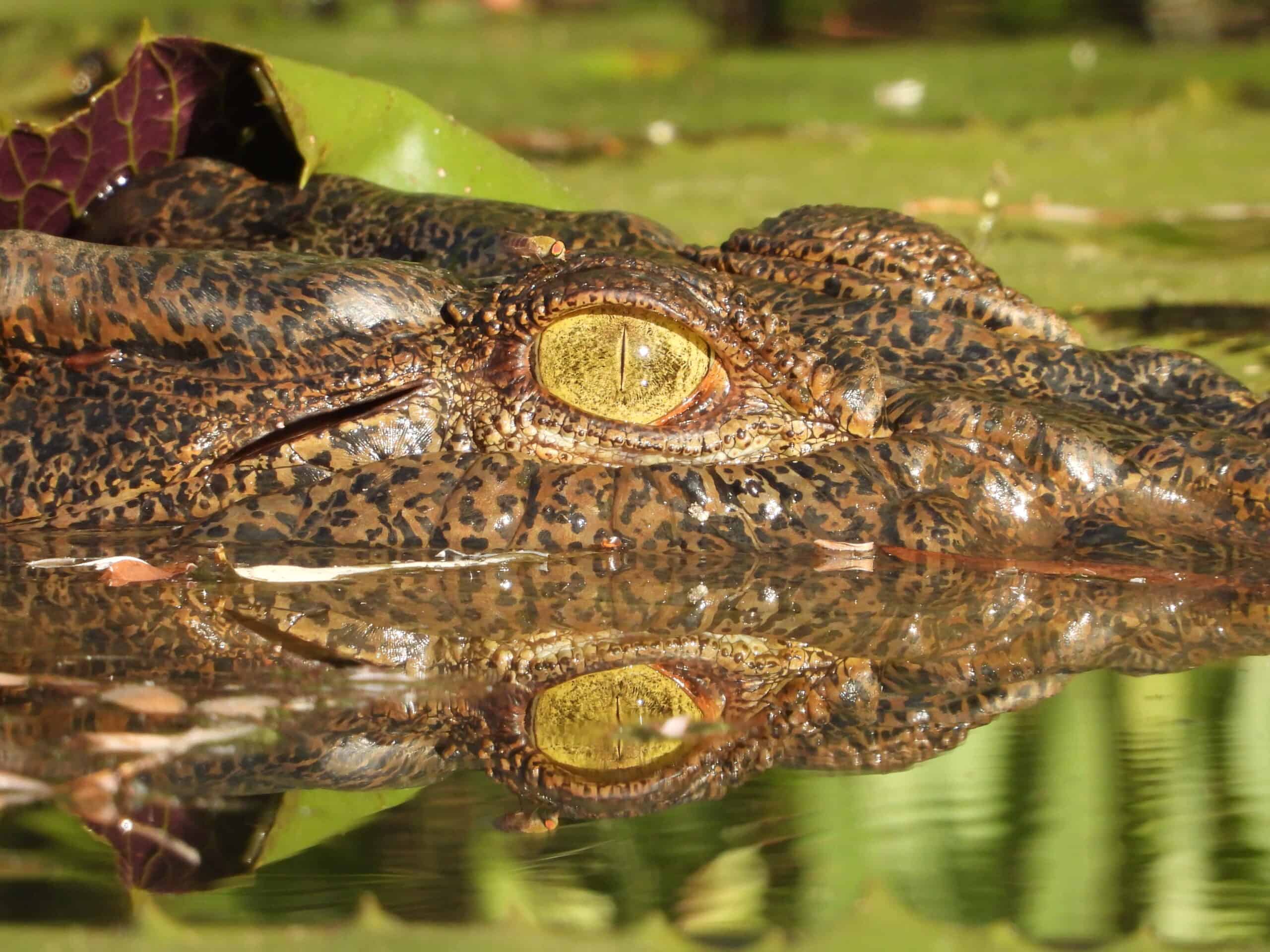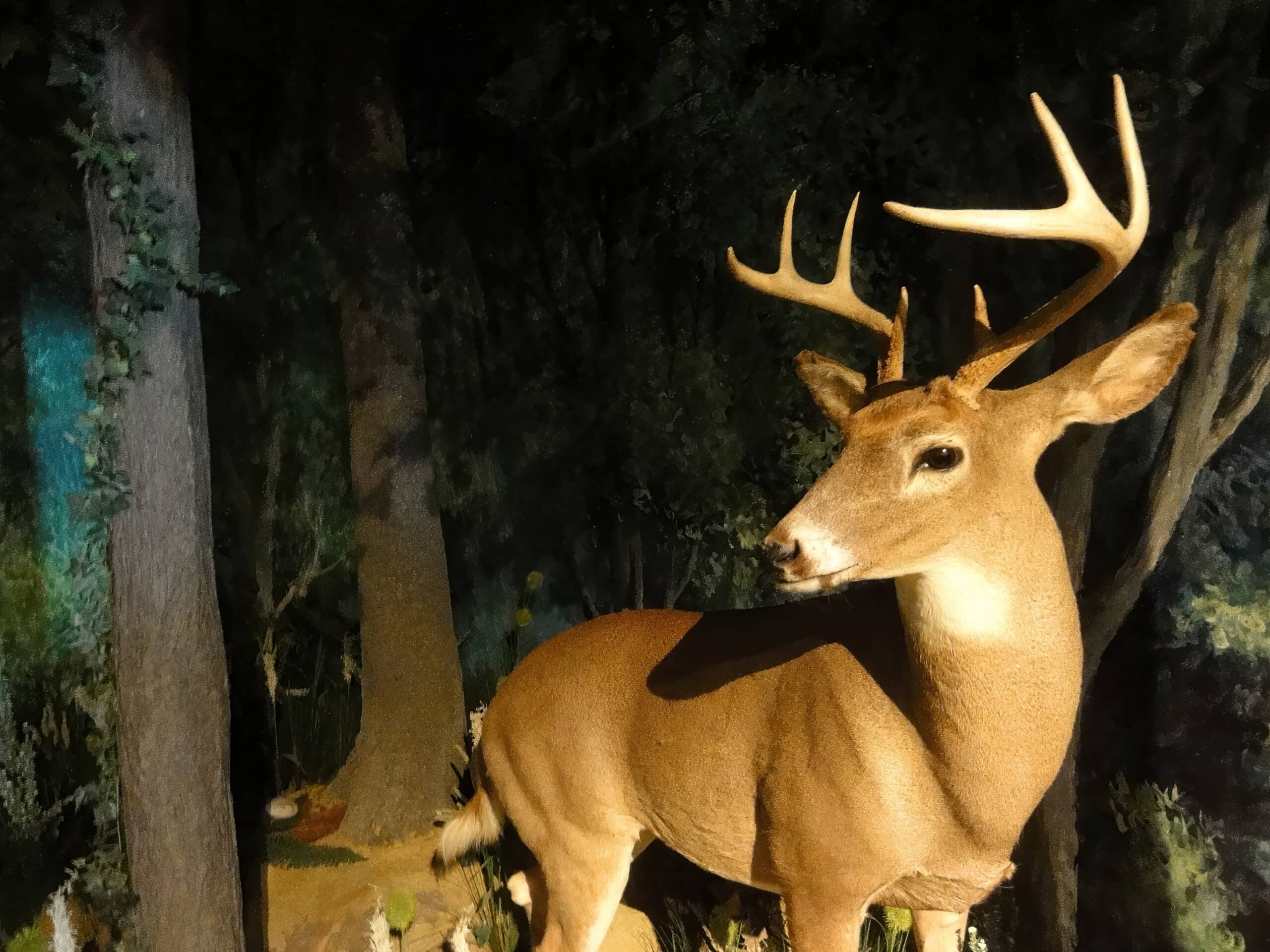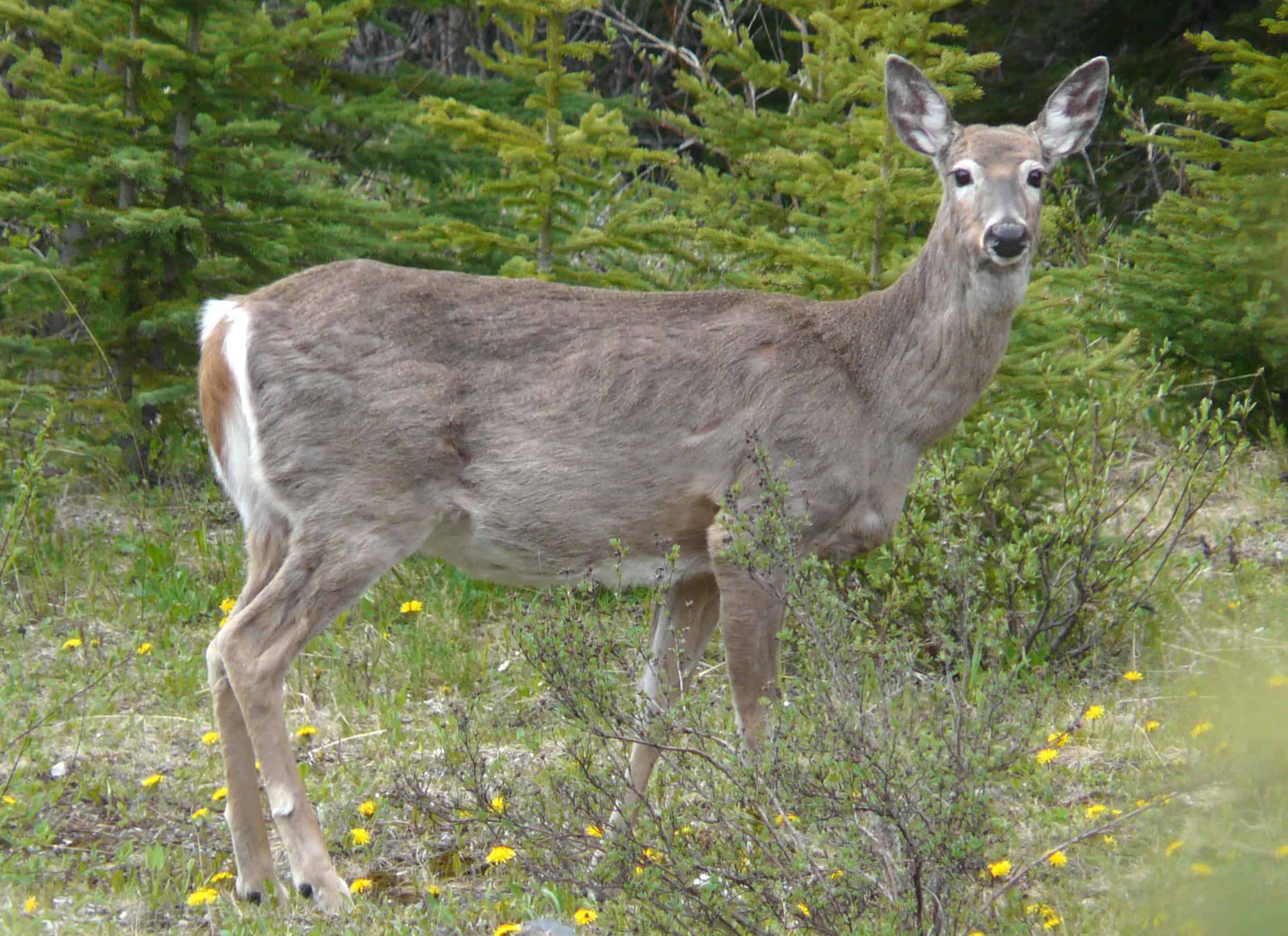Share this article
TWS and AAWV Joint Issue Statement: Domestic Sheep and Goats Disease Transmission Risk to Wild Sheep
Back to Position Statements page
Bighorn sheep and thinhorn sheep (Ovis canadensis and O. dalli, collectively referred to as wild sheep) are iconic species of western North America. Found in isolated, rugged, and extreme habitats of the continent, wild sheep are vital economic, social, and ecological components of these areas.
The historic distribution of wild sheep in North America extended from Alaska to Mexico and east to the Dakotas, western Nebraska and west Texas. Population estimates of wild sheep ranged from 1.5 to 2 million at the onset of the 19th century (Seton 1909). Unregulated hunting, disease, competition for forage and space with domestic livestock, as well as habitat destruction and fragmentation led to precipitous declines in distribution and abundance through the early 1900s, with extirpations occurring in many regions (Buechner 1960). Wildlife managers have used translocations, habitat enhancement, and habitat protection to restore wild sheep populations, but recovery has been hampered by periodic disease outbreaks.
Wild sheep are susceptible to a variety of diseases that affect herd viability. The most important diseases affecting wild sheep populations are respiratory infections that result in pneumonia. Bacteria of the family Pasteurellaceae (Pasteurella multocida, Mannheimia haemolytica and Bibersteinia trehalosi), and Mycoplasma ovipneumoniae are the most frequently isolated respiratory pathogens from wild sheep with pneumonia. Pneumonia caused by these organisms often results in the mortality of a large proportion of the population (Cox and Carlson 2012), across all age classes (all age epizootic) and is typically followed by enzootic disease with multiple years of lamb mortality from pneumonia (WAFWA WHC 2014). This pattern of pneumonia in bighorn sheep has been documented in more than 70 peer-reviewed scientific publications.
Incidences of pneumonia-related die-offs are repeatedly associated with the presence of domestic sheep and goats (George et al. 2008, Wehausen et al. 2011). Controlled research studies have confirmed that both Mannheimia hemolytica and Mycoplasma ovipneumoniae are transmitted to wild sheep upon contact with, or proximity to, domestic sheep (Besser et al. 2014, Lawrence et al. 2010, Wehausen et al. 2011). Domestic sheep and goats commonly carry these disease-causing organisms which typically cause only low mortality and morbidity in adults and lambs (Martin 1996, Gilmour and Gilmour 1989). While not all outbreaks of pneumonia in wild sheep have confirmed contact with domestic sheep or goats, the preponderance of scientific evidence shows that association between these species poses a significant threat to the continued conservation and restoration of wild sheep populations.
Management alternatives to reduce the impacts of respiratory disease on wild sheep are limited. There is currently no effective vaccine or treatment for pneumonia in bighorn sheep (Wehausen et al. 2011). Maintaining effective spatial and temporal separation between wild sheep and domestic sheep and goats is the most effective tool currently available for minimizing risk of disease transmission between species (WAFWA WSWG 2012).
Protecting and managing the health of wild sheep populations is essential to the continued success of restoration and management efforts in North America. Managers must take appropriate steps to prevent epizootic events that result in die-offs and reduce herd performance. Practical solutions will be difficult, if not impossible to achieve, until the risk of disease transmission from domestic sheep and goats to wild sheep is widely acknowledged and substantially reduced. All stakeholder groups benefit when disease risk is actively managed to minimize the potential transmission of pathogens.
The policy of The Wildlife Society and the American Association of Wildlife Veterinarians regarding the risk of disease transmission from domestic sheep and goats to wild sheep is to:
- Accept that peer-reviewed, published science has consistently demonstrated the occurrence of disease transmission from domestic sheep and goats to wild sheep upon contact or proximity.
- Recognize that disease transmission from domestic sheep and goats to wild sheep is a primary risk factor for wild sheep survival, restoration, and management.
- Emphasize the need for developing and implementing adaptive disease management strategies to address chronically infected wild sheep populations.
- Acknowledge the importance of science-based assessments of disease risk between wild sheep and domestic sheep and goats, and promote strategies to reduce the risk of disease transmission and mitigate disease outbreaks.
- Recognize effective temporal and spatial separation of domestic sheep and goats from wild sheep as the only currently available management solution for preventing or minimizing disease transmission and advocate for proactive and cooperative management strategies for achieving such separation.
- Recognize that until alternative management strategies are developed, co-mingling of domestic sheep and goats with wild sheep may result in the continued loss of wild sheep from disease, and wildlife managers may have to perform preventative culling of wild sheep to reduce the risk of further disease transmission.
- Promote increased cooperation and communication among all stakeholders and public education programs that articulate the risks and impacts of disease transmission between wild sheep and domestic sheep and goats.
The Wildlife Society’s Position Statement on Livestock Grazing on Rangelands in the Western U.S. supports livestock grazing management on rangelands that “guards against the potential for disease transmission between domestic livestock and wildlife..
The mission of the Wildlife Society’s Wildlife Diseases Working Group is to promote better scientific understanding of the causes and consequences of disease in ecosystems and wildlife populations; to apply the principles of wildlife science, ecology, and epidemiology to the prevention and management of diseases in wildlife; to foster education and transfer of information on diseases to wildlife management professionals and the public; and to apply this knowledge to enhance the health and conservation of wildlife populations and their interactions with humans and domestic animals (TWS 2014).
The American Association of Wildlife Veterinarians includes as their mission “to stress the importance of the interrelationships of humans, domestic animals, and wildlife as reservoirs of disease” and “to educate…about the importance of wildlife preventive medicine and disease in relation to the wildlife resource and domestic species.” (AAWV 2014)
It is under these baseline objectives and policies which these organizations issue this joint statement.
Literature Cited
American Association of Wildlife Veterinarians (AAWV). 2014. http://aawv.net. Last viewed December 28, 2014.
Besser, T.E., E. F. Cassirer, K.A. Potter, K. Lahmers, J. L. Oaks, S. Shanthalingam, S. Srikumaran, and W. J. Foreyt. 2014. Epizootic Pneumonia of Bighorn Sheep following Experimental Exposure to Mycoplasma ovipneumoniae. Browning GF, ed. PLoS ONE. 9(10):e110039. doi:10.1371/journal.pone.0110039.
Buechner, H.K., 1960. The Bighorn Sheep in the United States, Its Past, Present, and Future. Wildlife Monograph 4, The Wildlife Society, Washington, D.C. 174 pp.
Cox, M. and T. Carlson. Wild Sheep Disease Events & Management Actions among Western States and Provinces. Presentation at the 2012 Western Association of Fish and Wildlife Agencies,Wild Sheep Working Group, Wildlife Professional’s Meeting, Reno, NV.
Foreyt, W. J., et al. 1994. Fatal pneumonia following inoculation of healthy bighorn sheep with Pasteurella haemolytica from healthy domestic sheep. Journal of Wildlife Diseases 30: 137-143.
George, J. L., D. J. Marin, P. M. Lukacs, and M. W. Miller. 2008. Epidemic pasteurellosis in a bighorn sheep population coinciding with the appearance of a domestic sheep. J Wildl Dis. Apr; 44(2):388-403.
Gilmour, N. J. L. and J. S. Gilmour. 1989. Pasteurellosis of sheep. In Pasteurella and Pasteurellosis. Adam C. and Ruter J. M. (eds). Academic Press, London UK. Pp. 223-262.
Lawrence, P. K., S. Shanthalingam, R. P. Dassanayake, R. Subramaniam, C. N. Herndon, D. P. Knowles, F. R. Rurangirwa, W. J. Foreyt, G. Wayman, A. M. Marciel, S. K. Highlander, and S. Srikumaran. 2010. Transmission of Mannheimia haemolytica from domestic sheep (Ovis aries) to bighorn sheep (Ovis canadensis): unequivocal demonstration with green fluorescent protein-tagged organisms. Journal of Wildlife Diseases 46:706-717, and erratum (46:1346-1347).
Martin, W. B. 1996. Respiratory infections of sheep. Comp. Immun. Microbiol. Infect. Dis. Vol. 19, No. 3, pp.171-179
Seton, E.T. 1909. Lives of Game Animals. Charles T. Branford, Co., Boston, Massachusetts. 780 pp.
The Wildlife Society (TWS). 2010. Final Position Statement, Livestock Grazing on Rangelands in the Western U.S. https://wildlife.org/wp-content/uploads/2014/11/Livestock-Grazing_March-2010_Renewed-Oct.15.pdf. Last viewed December 28, 2014.
Wehausen, J. D., R. R. Ramey II, and S. T. Kelley. 2011. Domestic sheep, bighorn sheep, and respiratory disease: a review of experimental evidence. California Fish and Game 97:7-24.
Western Association of Fish and Wildlife Agencies, Wildlife Health Committee. 2014. Bighorn Sheep Herd Health Monitoring Recommendations. 29 pp.
Western Association of Fish and Wildlife Agencies,Wild Sheep Working Group. 2012. Recommendations for Domestic Sheep and Goat Management in Wild Sheep Habitat. 24 pp.
Domestic Sheep and Goats Disease Transmission Risk to Wild Sheep Issue Statement pdf








